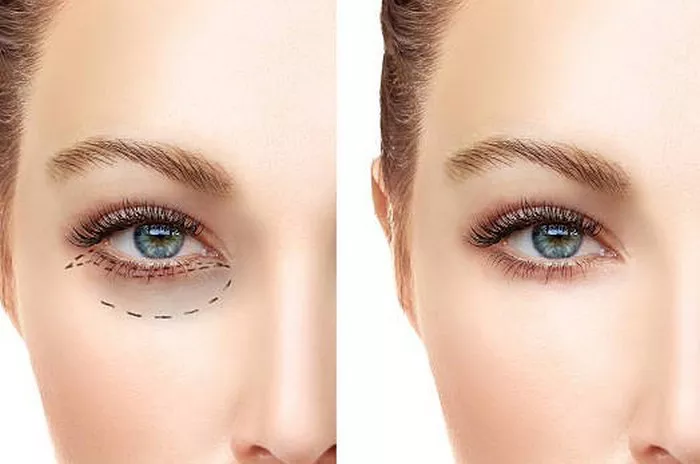Lower eyelid retraction, a condition where the lower eyelids are positioned lower than their natural alignment, can result in both cosmetic and functional concerns. Canthoplasty, a surgical procedure, offers a solution to correct this condition and restore the natural balance of the eyes. This article delves into the details of lower eyelid retraction, explores the benefits and techniques of canthoplasty, and provides insights into how this procedure can enhance both aesthetic appearance and functional well-being.
Understanding Lower Eyelid Retraction
Lower eyelid retraction is a condition in which the lower eyelids are positioned lower than they should be. This can result from various factors such as trauma, previous surgery, thyroid eye disease, or aging. The condition can lead to a tired or unnatural appearance, exposure of the whites of the eyes (sclera), and potential eye discomfort due to inadequate eye closure.
Canthoplasty: A Solution for Lower Eyelid Retraction
Canthoplasty is a surgical procedure designed to correct lower eyelid retraction by adjusting the position of the lateral canthus, which is the outer corner of the eye where the upper and lower eyelids meet. The goal of canthoplasty is to raise the lower eyelids to a more natural position while maintaining the overall aesthetic harmony of the eyes.
Benefits of Canthoplasty
Aesthetic Enhancement:
Canthoplasty can improve the appearance of lower eyelid retraction by creating a more natural, symmetrical, and youthful look to the eyes.
Functional Improvement:
Correcting lower eyelid retraction can help restore proper eye closure, reducing discomfort associated with dry eyes and light sensitivity.
Enhanced Confidence:
Canthoplasty can have a positive impact on self-esteem and confidence, as the eyes appear more balanced and rejuvenated.
Different Techniques of Canthoplasty
Lateral Canthotomy and Cantholysis:
This technique involves cutting and releasing the lateral canthal tendon, allowing the eyelid to be repositioned to a higher level.
Canthopexy:
Canthopexy involves repositioning the lateral canthus without cutting the tendon, providing added support to the eyelid while maintaining its integrity.
Tarsal Strip Canthoplasty:
This method involves using a strip of tissue to create a new connection between the eyelid and the bony structure, repositioning the eyelid and preventing future retraction.
The Canthoplasty Procedure
Consultation:
A thorough consultation with a qualified oculoplastic surgeon is essential to evaluate the extent of eyelid retraction and determine the most appropriate technique.
Anesthesia:
Canthoplasty is typically performed under local anesthesia, ensuring patient comfort throughout the procedure.
Incision and Repositioning:
The surgeon creates carefully placed incisions to access the lateral canthal area. The canthus is then repositioned to the desired height and secured using sutures or other techniques.
Suture Removal and Recovery:
Sutures are usually removed within a week after the surgery. Recovery time varies, but patients can typically return to normal activities within a few weeks.
Considerations and Recovery
While canthoplasty can yield significant improvements, it’s important to note that individual results may vary. Recovery may involve temporary swelling, bruising, and discomfort, which gradually subside over time.
Consultation with a Professional
Before considering canthoplasty, it’s essential to consult with a qualified oculoplastic surgeon who specializes in eyelid surgeries. They can assess your unique condition, discuss your goals and expectations, and recommend the most suitable approach.
Conclusion
In conclusion, canthoplasty is a surgical procedure that offers a solution for lower eyelid retraction, addressing both aesthetic and functional concerns. By repositioning the lateral canthus and restoring the natural alignment of the lower eyelids, canthoplasty can enhance the appearance of the eyes while improving eye closure and comfort. It’s important to approach canthoplasty with realistic expectations and to consult with a skilled professional to determine the most appropriate technique for your individual needs. With the expertise of a qualified surgeon, you can achieve a balanced, rejuvenated, and confident look, ultimately experiencing the benefits of both aesthetic enhancement and functional harmony.


